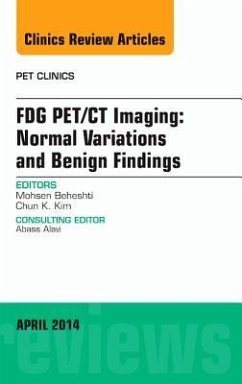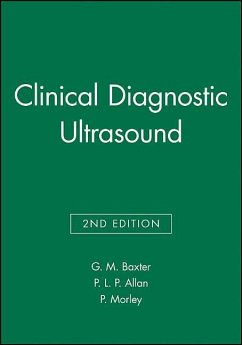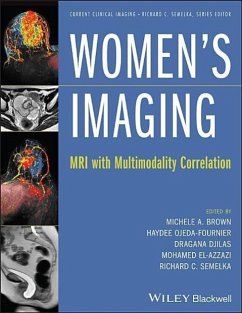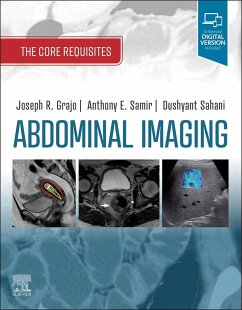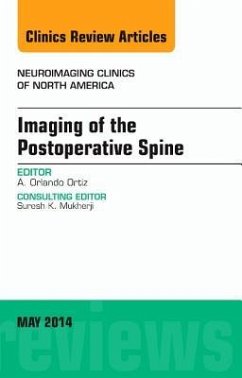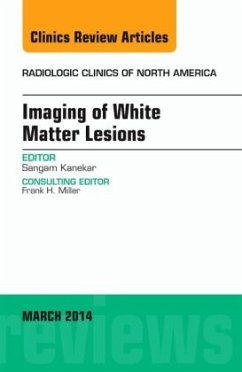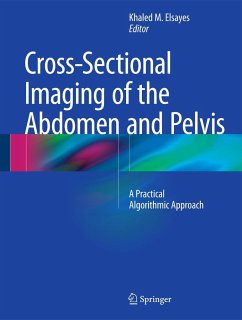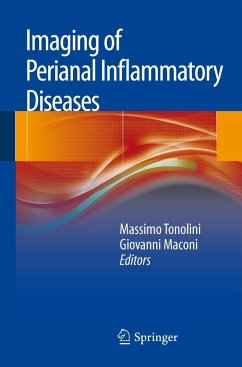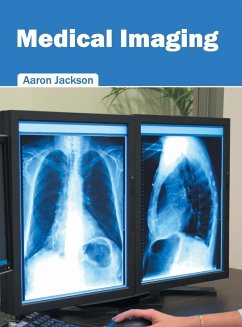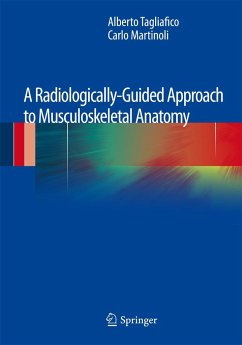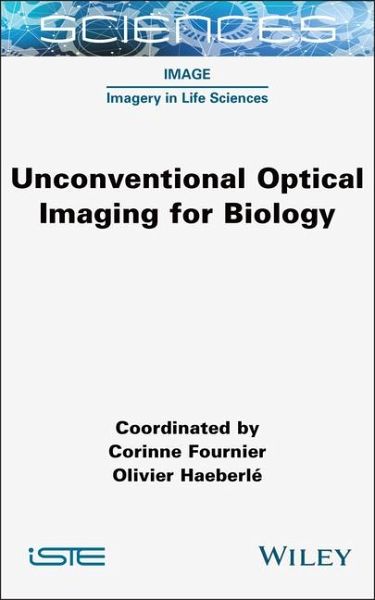
Unconventional Optical Imaging for Biology
Versandkostenfrei!
Versandfertig in über 4 Wochen
147,99 €
inkl. MwSt.
Weitere Ausgaben:

PAYBACK Punkte
74 °P sammeln!
Optical imaging of biological systems has undergone spectacular development in recent years, producing a quantity and a quality of information that, just twenty years ago, could only be dreamed of by physicists, biologists and physicians. Unconventional imaging systems provide access to physical quantities - phase, absorption, optical index, the polarization property of a wave or the chemical composition of an object - not accessible to conventional measurement systems. To achieve this, these systems use special optical setups and specific digital image processing to reconstruct physical quant...
Optical imaging of biological systems has undergone spectacular development in recent years, producing a quantity and a quality of information that, just twenty years ago, could only be dreamed of by physicists, biologists and physicians. Unconventional imaging systems provide access to physical quantities - phase, absorption, optical index, the polarization property of a wave or the chemical composition of an object - not accessible to conventional measurement systems. To achieve this, these systems use special optical setups and specific digital image processing to reconstruct physical quantities. This field is also known as computational imaging. This book presents various non-conventional imaging modalities developed for the biomedical field: wave front analysis imaging, digital holography/tomography, optical nanoscopy, endoscopy and singlesensor imaging. Experimental setups and reconstruction algorithms are presented for each modality.





